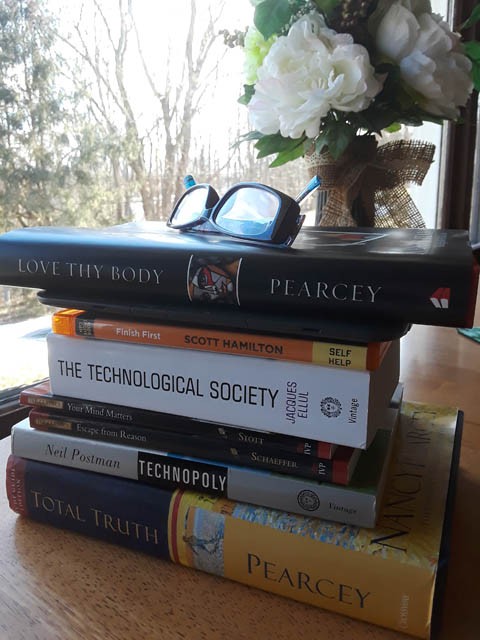Piranesi
I left this book out of my roundup. Written by Susanna Clarke, Piranesi came out in the fall. I was so excited by the prospect of another book 16 years after Clarke’s astonishing Jonathan Strange & Mr Norrell that I pre-ordered it on my Kindle and devoured it quickly.
This is a radically different book than JS & MN: more compact, much more limited in characters, settings, and plot, controlled and spare in style in contrast to what has been called the “garrulousness” of JS & MN.
Trying to avoid spoilers, I’ll tell you that Piranesi, the protagonist and narrator of the book, lives in a sprawling mansion with clouds in the top stories, and the ocean in the lower stories. He has never yet reached the end of the house, but he feels he has lived there forever, and he explores it with the reverence of a mystic and the careful method of a scientist. He keeps a notebook of the things he learns: about the tides, the dizzying array of statues, the many different galleries and halls and vistas, survival techniques of staving off hunger and chill by using seaweed in various ways, and observing the birds and other artifacts about the place. Matter-of-factly, he also relates details of his conversations with “the Other,” a man who visits twice a week for scheduled meetings with Piranesi. In fact, the Other is the one who names Piranesi after an 18th century Italian artist who created a series of incredibly detailed prison sketches.
Part of the plot is solving the mystery of who Piranesi really is and how he got there. It eventually comes clear near the end, and I won’t give it away here. But in the meantime, the most memorable aspects of the story for me were:
- The atmosphere, deeply mysterious and solitary. The appropriateness of Piranesi’s isolation from the world during a pandemic has been pointed out by other readers, perhaps partly because it has a certain majestic beauty in the story. Piranesi is someone we respect as he finds deep satisfaction living alone in the labyrinth.
- The striking mixture of science and religiosity in Piranesi’s worldview. He approaches every aspect of life in the house as a scientist, applying logic and method and careful observation, and modeling his routines according to the natural patterns of his world. Yet he also views the house worshipfully: “The Beauty of the House is immeasurable, its Kindness infinite,” he declares. “You are the Beloved Child of the House,” he reminds himself. “Be comforted.” One of the ambiguities of the novel for me was whether this is a celebration of his religious sensibility, or whether it’s meant to be an ironic commentary on it. Are we supposed to conclude that humanity invents God? Ultimately I don’t really think so. Piranesi’s faith gives his life meaning, and he has a purity we are meant to admire. Is this juxtaposition of science and faith a gentle reminder that these things don’t have to be in opposition, as they are so often assumed to be? Such an opposition never seems to occur to Piranesi.
- Allusiveness. When I was reading the book, I noticed echoes of other experiences and stories frequently, but the only one I remember now (months later) is the presence of Tumnus in the story, and other links to Narnia — not least the White Witch’s house of statues, the sprawling house like the one that held the Narnian wardrobe, and the sense of being surrounded by an untold story we desperately want to know.
It’s a truly singular book. So many writers produce “characteristic” works that we love because they take us into the same fictional world. Wendell Berry is a quintessential example, but there are so many others. C.S. Lewis’s books have a sameness to them, with the exception of Till We Have Faces. But Susanna Clarke has to have one of the most sophisticated, wide-ranging literary imaginations I’ve ever encountered, given the worlds of difference between Jonathan Strange & Mr Norrell and Piranesi.




